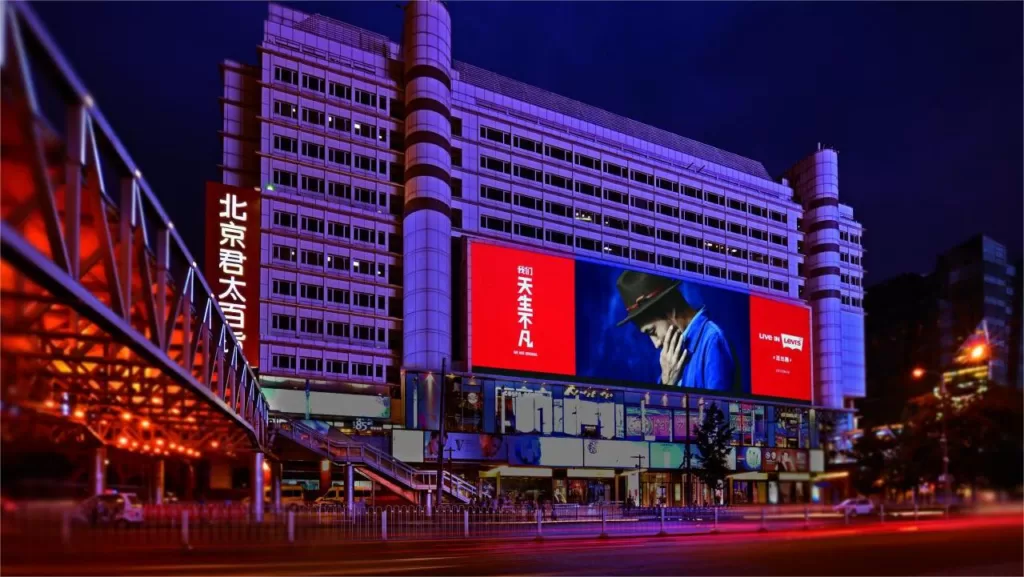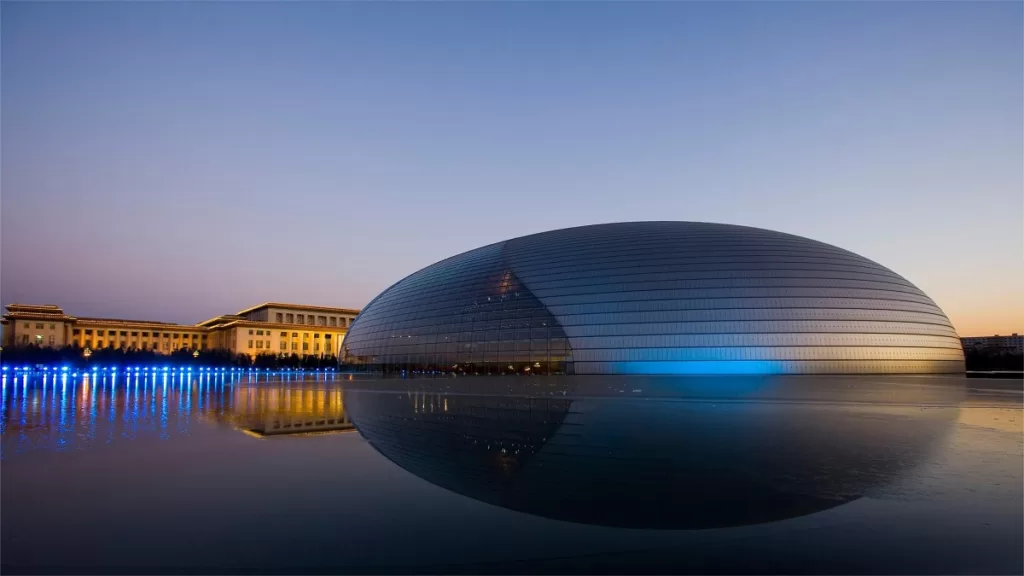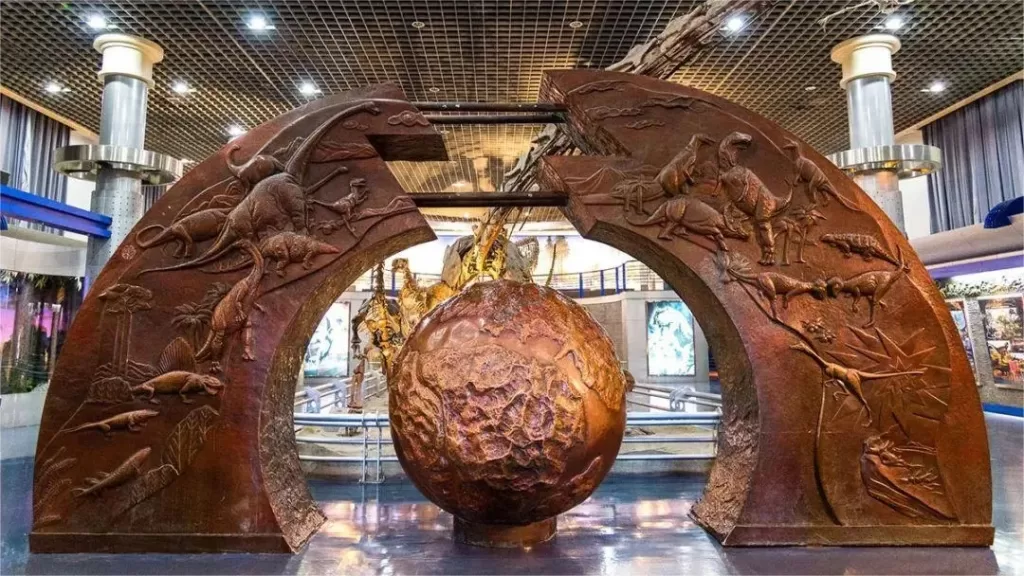Liulichang Culture Street (琉璃厂文化街), located in Beijing, China, is a vibrant and historically significant destination that has captivated visitors for centuries. With a rich heritage dating back about 1000 years, this cultural street is renowned for its traditional arts and crafts, antique shops, and a deep connection to Chinese literature.
Liulichang Culture Street boasts a history that traces back to the Liao Dynasty, initially situated in the outskirts known as “Haiwang Village.” During the Yuan Dynasty, an official kiln for crafting glazed roof tiles, known as liuli, was established here. With the construction of the inner city during the Ming Dynasty, the official kiln expanded, making Liulichang one of the five major workshops under the imperial Ministry of Works. However, after the outer city was built in the 32nd year of the Ming Jiajing era, Liulichang transformed into an urban area. The kiln operations moved to Liuli Qu Village in Mentougou District, but the name “Liulichang” persisted.
The prominence of Liulichang Culture Street emerged during the Qing Dynasty when Beijing implemented a segregation policy, with Manchu and Han residents living separately. Han officials predominantly resided nearby, and various guild halls from across the country were established in the vicinity. Scholars preparing for the imperial examinations often gathered here, transforming Liulichang into a hub for book markets, which gradually absorbed the bustling book markets of Qianmen, Dengshikou, and the Chenghuang Temple area in West City that were vibrant during the Ming era.
Over time, Liulichang evolved into the largest book market in Beijing, forming a culturally rich street market where calligraphy, painting, antique books, and related cultural artifacts thrived. The street became synonymous with cultural vibrancy, creating a unique blend of historical significance and a flourishing marketplace that continues to captivate visitors with its literary and artistic treasures.
Table of Contents
- Basic Information
- Location and Transportation
- Highlights of Liulichang Street
- Vlog about Liulichang Culture Street
- Useful Tips Summarized from Reviews
- Attractions near Liulichang Culture Street
Basic Information
| Estimated Length of Tour | About 2 hours |
| Ticket Price | Free |
| Opening Hours | 8.00 – 18.00 throughout the year |
| Telephone Number | 0086-010-63012676 |
Location and Transportation
Liulichang Culture Street is nestled in the Xicheng District of Beijing, China. It lies in close proximity to the famous Dashilan commercial street and the grandeur of Qianmen Gate, adding to its prominence as a cultural and historical destination. Its central location allows for convenient access and makes it a popular spot for both locals and tourists.
Bus: Take bus 14, 66, or 70, get off at Liulichang, and you will be standing right at the center of the area.
Metro: The nearest metro station to Liulichang Culture Street is Hepingmen on Line 2. After getting out of the station from Exit C1, walk about 400 meters to the south to reach the street.
Highlights of Liulichang Street
Calligraphy and Painting

Liulichang Culture Street is dotted with artists showcasing their skills and creating stunning artworks. Visitors can witness master calligraphers gracefully wielding their brushes, bringing Chinese characters to life with elegant strokes. Painters capture beautiful scenes on canvas, depicting landscapes, figures, and traditional motifs. The vibrant atmosphere allows for an up-close and personal experience with these traditional art forms. Whether observing the artists at work or browsing through the collection of calligraphy and paintings available for purchase, Liulichang offers a captivating glimpse into the world of Chinese calligraphy and painting.
Seal Carving
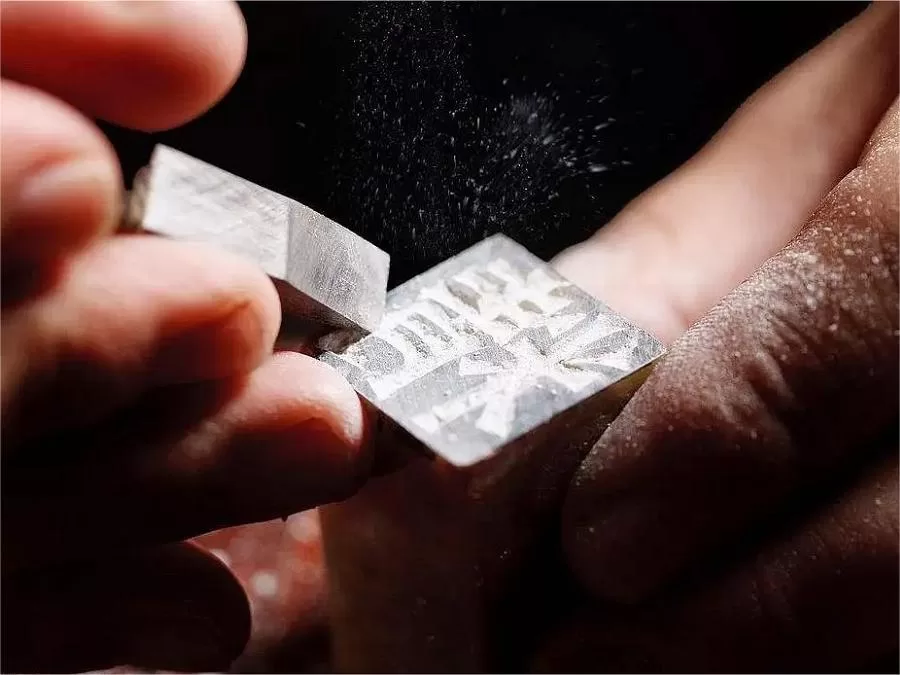
Liulichang Culture Street is renowned for its seal carving, an ancient Chinese art form. Skilled craftsmen can be seen intricately carving designs onto stones, creating personalized seals and stamps. Visitors have the opportunity to witness these artisans in action, delicately shaping the stones with precise strokes. The seals can be customized with names, symbols, or Chinese characters, making them unique and meaningful keepsakes. The street offers a wide selection of beautifully carved seals, allowing collectors and enthusiasts to appreciate the craftsmanship and historical significance of this traditional art form.
Antique Bookstores
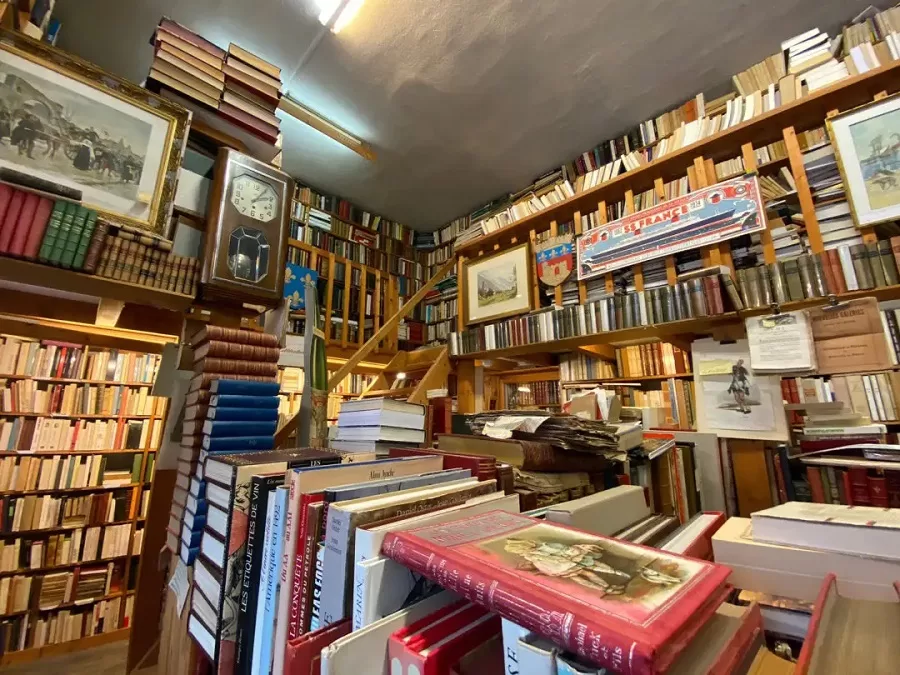
Liulichang Culture Street is a paradise for book lovers and collectors. The antique bookstores offer a treasure trove of rare and valuable books, manuscripts, and scrolls. Visitors can browse through shelves filled with historical texts, literary works, and ancient volumes, gaining insights into China’s rich literary heritage. The knowledgeable store owners provide valuable guidance and information about the books, allowing visitors to delve into the fascinating world of Chinese literature. Whether you’re a bibliophile or simply interested in exploring the past through written works, the antique bookstores of Liulichang are a captivating destination.
Local Snacks and Teahouses
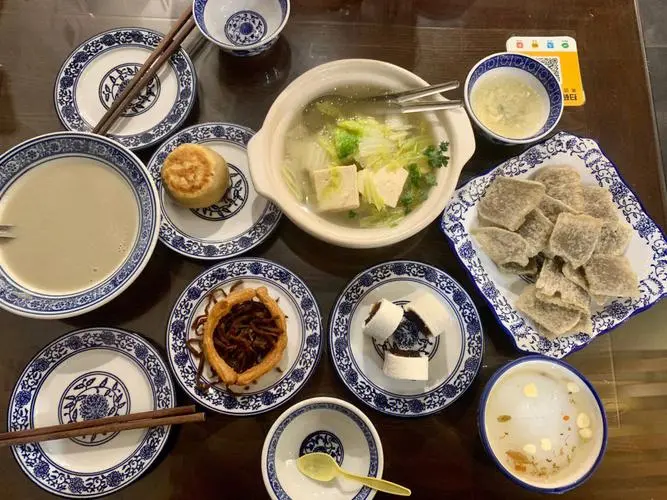
Liulichang Culture Street not only delights visitors with its cultural attractions but also offers a delightful culinary experience. The street is dotted with local snack stalls and teahouses that cater to the taste buds of hungry explorers. Here, visitors can savor a variety of delicious local snacks, such as Beijing-style fried dough twists and traditional Chinese pastries. The teahouses provide a serene environment to relax and unwind, offering a wide selection of fragrant teas. It’s the perfect opportunity to take a break, sip on a cup of tea, and immerse oneself in the ambiance of Liulichang’s cultural and culinary offerings.
Historical Architecture

Liulichang Culture Street is lined with well-preserved buildings that reflect the traditional Chinese architectural style of the Ming and Qing dynasties. With elegant courtyards, gray-brick walls, and upturned eaves, the architecture creates a picturesque setting that transports visitors back in time. The blend of architectural elements and intricate details exudes an old-world charm, enhancing the overall ambiance of the street.
Vlog about Liulichang Culture Street
Useful Tips Summarized from Reviews
Exploring the Street: Start your journey along Liulichang East Street, where you’ll find smaller shops offering more affordable prices. As you venture further, you’ll encounter renowned old-brand stores like Yidege and Daiyuexuan, where prices might be slightly higher but the quality is guaranteed.
Notable Stores:
- Rong Bao Zhai (荣宝斋): This is not only the largest traditional Chinese painting and calligraphy trading platform but also a hub for various traditional stationery items. Here, you can find a wide range of writing brushes, ink sticks, rice paper, ink slabs, as well as exquisite items like fans, fan bones, seals, and seal paste.
- Daiyuexuan (戴月轩): Daiyuexuan is famous for its Hu brushes, offering a variety of brushes categorized by handle, brush hair, and size.
- China Bookstore (中国书店): This store specializes in selling books related to traditional calligraphy and painting. Additionally, this particular branch in Liulichang offers a wide selection of ancient books and rare publications.
Nearby Attractions: Close to Liulichang Culture Street is the former residence of Ji Xiaolan. Interested visitors can explore this historic site. Afterward, consider dining at Jinyang Restaurant (晋阳饭庄) for a meal and then enjoying a traditional cross-talk performance at Huguang Guild Hall.




